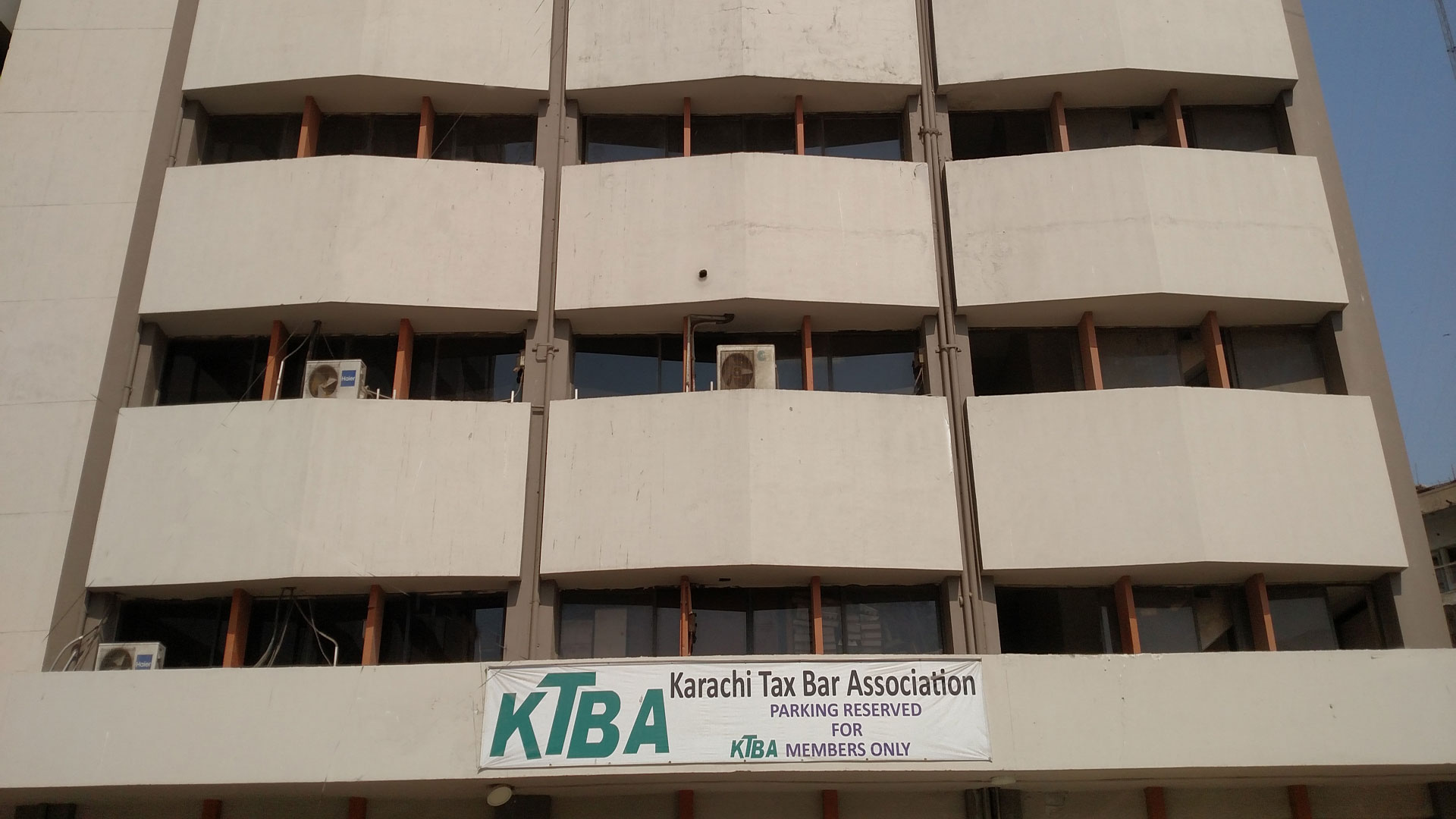June 13, 2019: With the overall Consumer Price Index (CPI) based inflation projected to remain in single digit during Fiscal Year 2019, the food prices are likely to remain stable due to effective monitoring of prices and smooth supply of essential items by the federal and provincial governments.
The rising input costs on the back of high utility prices and the lagged impact of exchange rate depreciation likely to maintain upward pressure on inflation in the following month of current fiscal year, official document revealed.
The impact would be more visible in non-food prices while the food prices likely to remain stable due to effective monitoring of prices and smooth supply of essential items by the federal and provincial governments.
The headline CPI inflation is projected to fall in the range of 7.0 to 8.0 percent in FY2019, and it is anticipated to be considerably higher in FY 2020 due to any further adjustment of energy prices, volatility in international oil prices along with rationalization of taxes.
The headline inflation measured by Consumer Price Index (CPI) during the last five years remained on average at 4.8 percent. The preceding fiscal year (FY 2018), CPI inflation was contained to 3.9 percent, with an end-period inflation of 5.2 percent, compared to 4.2 percent during FY 2017.
The main reason for increase in inflation was the increase in prices of non-food items, which increased by 5.4 percent. The increase in non-food inflation was due to higher energy prices and strong overall domestic demand.
Food inflation was only 1.8 percent, due to only a moderate increase in international prices of food items. Low food inflation helped in keeping overall inflation relatively low. The core inflation was recorded at 5.9 percent.
With the start of the current fiscal year FY 2019, CPI started rising. It increased to 5.8 percent in July 2018 and following three months after remaining sticky at 5 percent increased to 6.8 percent in October 2018.
The spike witnessed in October 2018 was due to increase in gas prices. The Oil and Gas Regulatory Authority revised the retail prices of natural gas for various consumers after keeping them unchanged for about two years.
The phenomenal increase of 9.4 percent witnessed in March 2019, while in April 2019 it slows down to 8.8 percent. The pressures on headline inflation are explained by adjustment in prices of electricity and gas, a significant increase in the perishable food prices, exchange rate depreciation along with reversal of global fuel prices, the document revealed.
AFP/APP
28376







